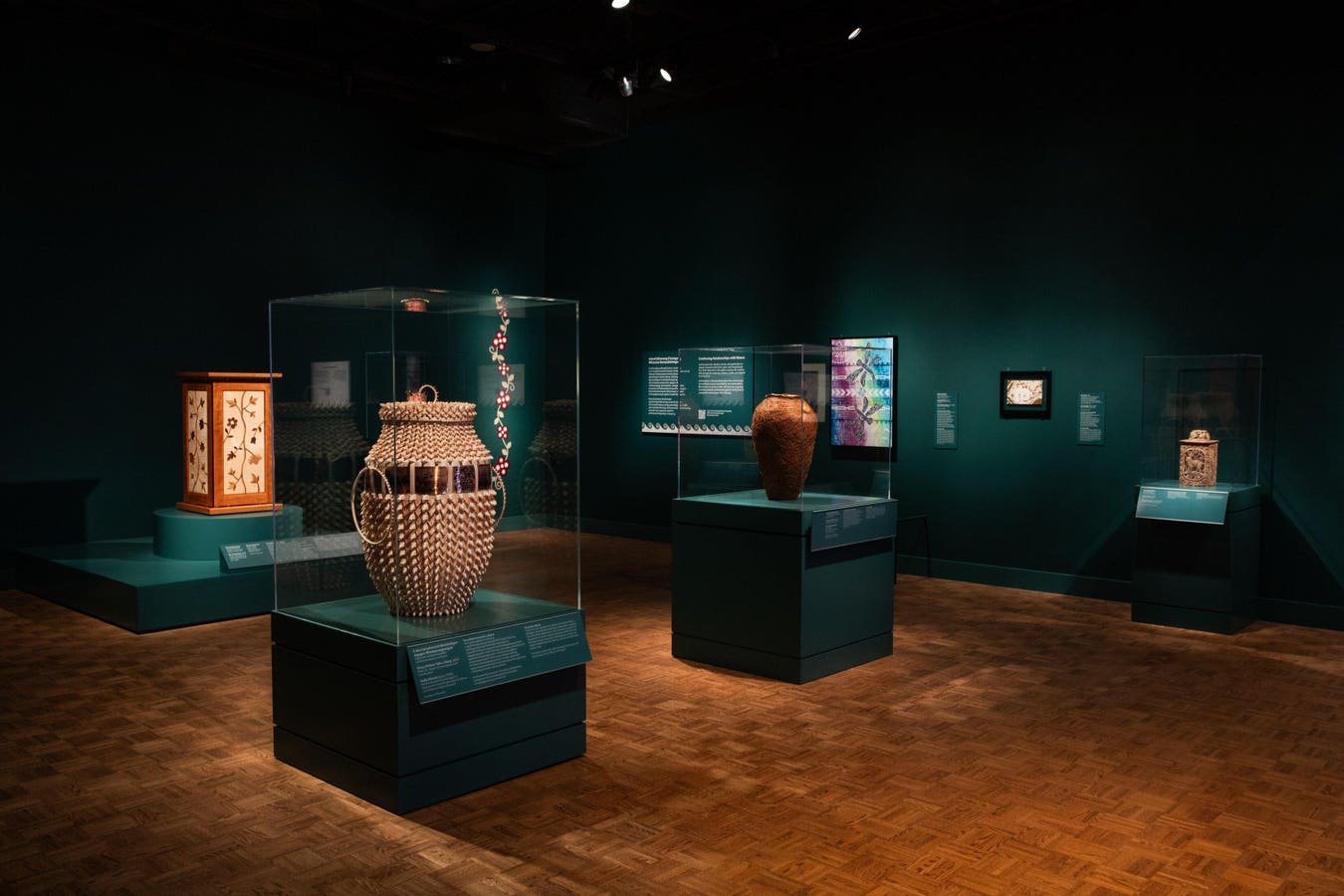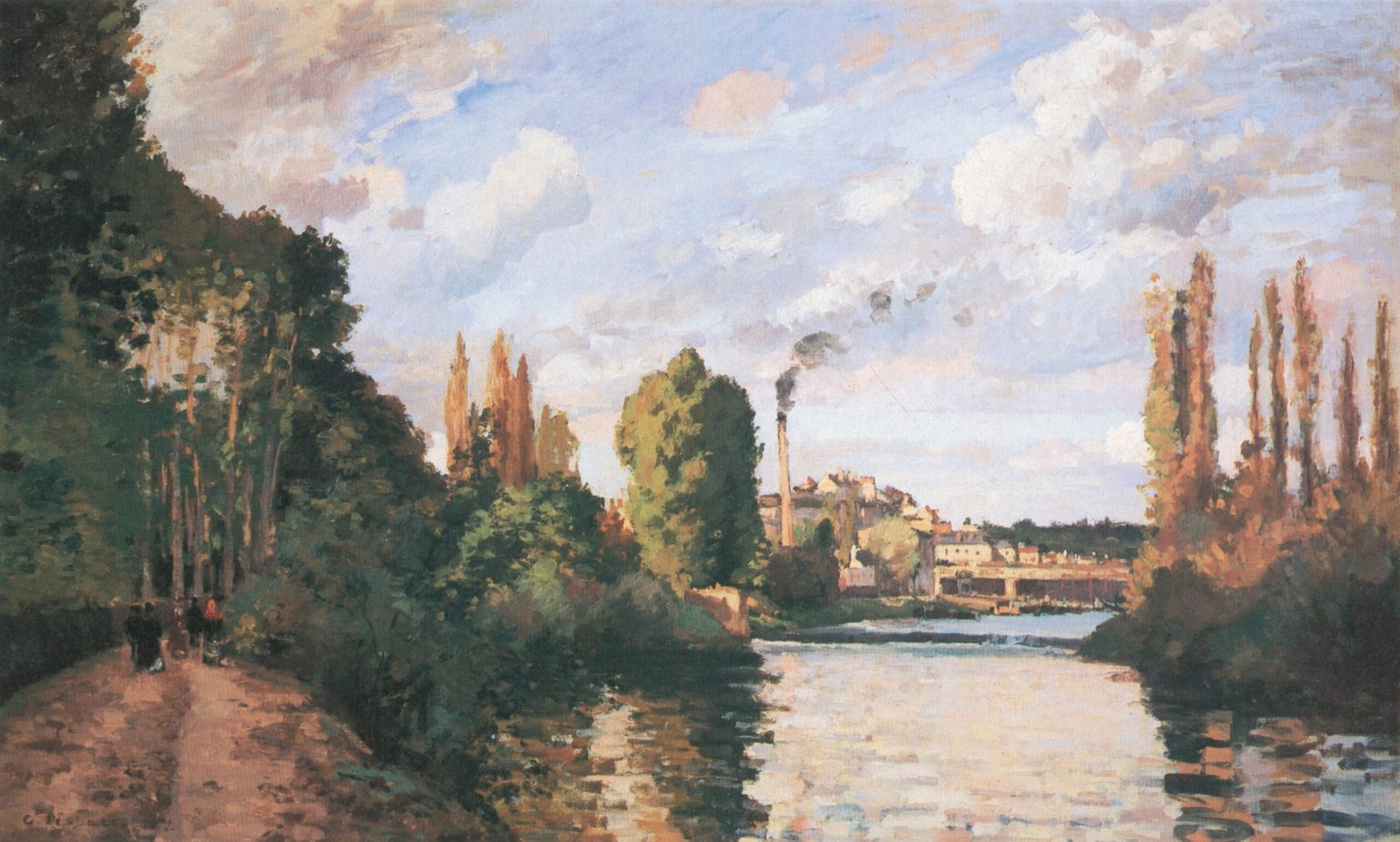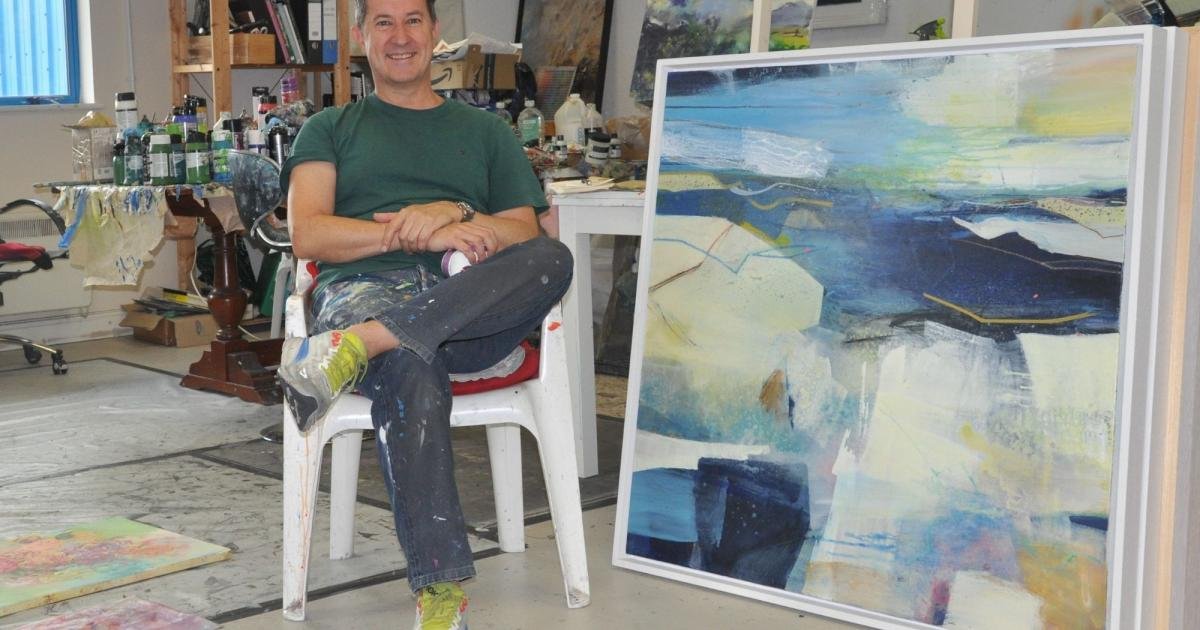“Cézanne doesn’t cut it.”
When I heard Peter utter this sentence at a dinner party, I knew I was in over my head.
Peter, at these dinners, where no one was shy with opinions, would sit tolerantly, head tucked in, allowing us all to blather until our balloon heads had deflated. He would wait for the inevitable pause, raise his head, and speak so cogently that, if we’d had a stenographer present, Peter would have had another ready-made New Yorker essay.
In 2003, at one of those extravagant art fairs on a pier, I ran into Anne Stringfield, a New Yorker staffer whom I had already met: she often fact-checked my essays in addition to contributing to the magazine’s art listings. She was with Peter, and she politely introduced us. Peter was as insightful with people as he was with art. He had picked up on something, and when I left, said to Anne, “Well, you run in some interesting circles.” Five years later, she and I were married.
Anne and I routinely attended Peter’s annual Fourth of July fireworks night in rural Bovina, in the Catskills. We also made frequent stops at his wife Brooke’s Rip Van Winkle-themed miniature-golf course, which she’d carved out of their land and opened up for free to the whole community. In Manhattan, Peter and Brooke hosted comfy home-cooked dinners with stellar company—artists (Vija Celmins, Martin Puryear, Thomas Nozkowski), writers and critics (Roberta Smith, Deborah Solomon, Jerry Saltz), notables (MOMA’s Ann Temkin, the infectious-disease specialist Kent Sepkowitz), and one comedian and his art-savvy wife. Their apartment on St. Marks Place was five flights up, accounting for Peter’s trim figure and fleet walking pace.
Modest but potent art works that had gravitated to Peter and Brooke through the years hung cockeyed on the royal-blue walls: Bruce Nauman, Susan Rothenberg, Cindy Sherman. A Willem de Kooning painting on newsprint—a gift from the artist—worth ten years’ rent, stayed firmly in place, despite its potential on the auction block.
Peter’s writing was exemplary. Finding a gem is almost too easy: simply open any of his books of collected essays to a random page and put your finger down. Which I have just done: “Kippenberger’s nihilism blew through the world like a yakking ill wind.”
Peter’s goal, per him, was to have one idea, at least, per sentence. His best mentoring, he said, came from journalists, which makes sense. His reviews have an urgent quality. Breaking news!
“There’s a new old painter in town: Hans Holbein the Younger . . .”
Peter luxuriated in rare words. He liked dormant but appropriate vocabulary that otherwise might languish in the dictionary. Little surprises occurred in sentences as if to say, “Perhaps you’d like to try this wine instead?” Always perfect, they could jar a sentence midway, unless you wanted to skip over them and miss out on the prize. I recently ran across the phrase “Kandinsky’s epigones.” Epigone: A less distinguished follower or imitator of someone, especially an artist or philosopher. Peter turned thirteen words into one with a wave of his wand. What a useful word, you think: an epigone is not just a follower but a less distinguished follower, especially of an artist. And here I am using it.
It’s easy to think you can write like Peter, intrepidly flinging words around, but it’s dangerous. Even as I type his sentences, it’s like slipping on someone else’s clothes: “Hey, this almost fits!” But an observer will tell you that you look odd. It’s one thing to learn the word “epigone,” but it’s another to find out you are one.
One September day in 2010, Anne and I received an urgent communication from Peter. The Frick’s Rembrandt self-portrait from 1658—“the best painting in the museum, if not the world,” according to Peter—was in the process of being cleaned at the Met. Would we like to drop in on the conservation lab and see the work in progress? Oh, yes. Peter had written nimbly about Rembrandt. On the intricacies of Rembrandt’s pen-and-ink drawing of Cain killing Abel: “The drawing establishes that murder requires concentration, a sure method, and sudden energy, and that it hurts.”
We went through the bowels of the Met, past a scattershot assortment of paintings undergoing restoration—Rubens, Stanley Spencer, Georgia O’Keeffe—and finally up into the sunny atelier of the conservation room. And there it was.
Unadorned on an easel, the painting, out of its frame, loomed. There was a clear feeling that the artist was with us but invisible, that his brush had just lifted from the canvas. Peter approached the painting, absorbing it, looking up and down, and we waited for the perfect comment, epigrammatic and quotable. He turned, gleeful: “Where are his knees? He has no knees! His knees are somewhere out here in the room.” Then he held his thumb up at arm’s length, covering and uncovering Rembrandt’s right eye. “See that white dot in his right eye? Cover that and the face loses its vitality.”
In 2019, Peter was diagnosed with advanced lung cancer and given six months to live. He began experimental treatment and wrote his final salute-to-life essay. Published in this magazine, it caused a stir in the art world, which marvelled at its grace, candor, and delicate phrase-turning.
Anne suggested we form a group with Peter and Brooke and head off to Spain and the Prado for a farewell confrontation with his obsession, Velázquez’s “Las Meninas.” Deborah Solomon and her husband, Kent Sepkowitz, would join, and the six of us would dare to spend five days with one another, though we had never previously travelled together. We set a date five weeks ahead, not confident about what the future would bring.
Then we learned that the experimental cancer treatment was working. Peter, miraculously, sprang back to full energy.
We all saluted science, which had saved our friend—and the world’s essayist—and subsequently landed in Madrid. Peter, embracing jet lag, bounded off the plane and raced off to our first stop. Several hours later, we were standing beneath Goya’s early frescoes at the Real Ermita de San Antonio de la Florida, hushed within a holy—in my case, secular—silence.






